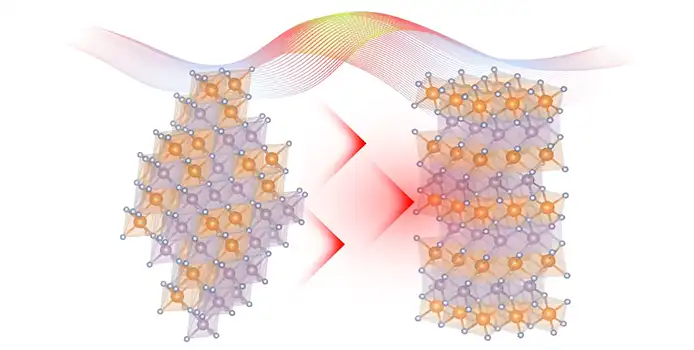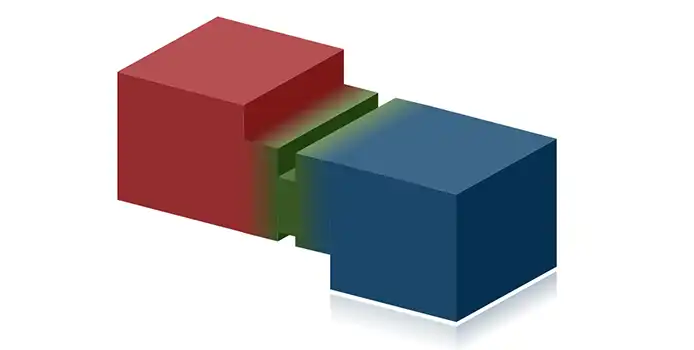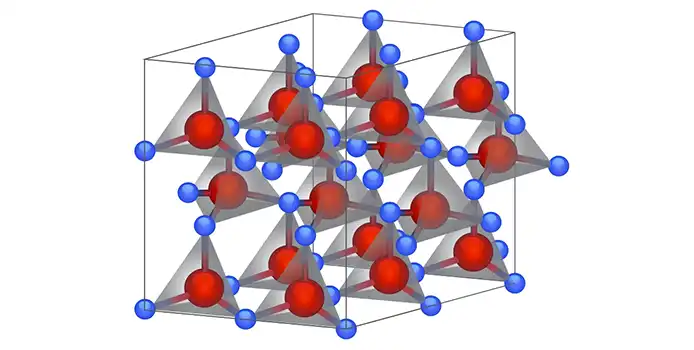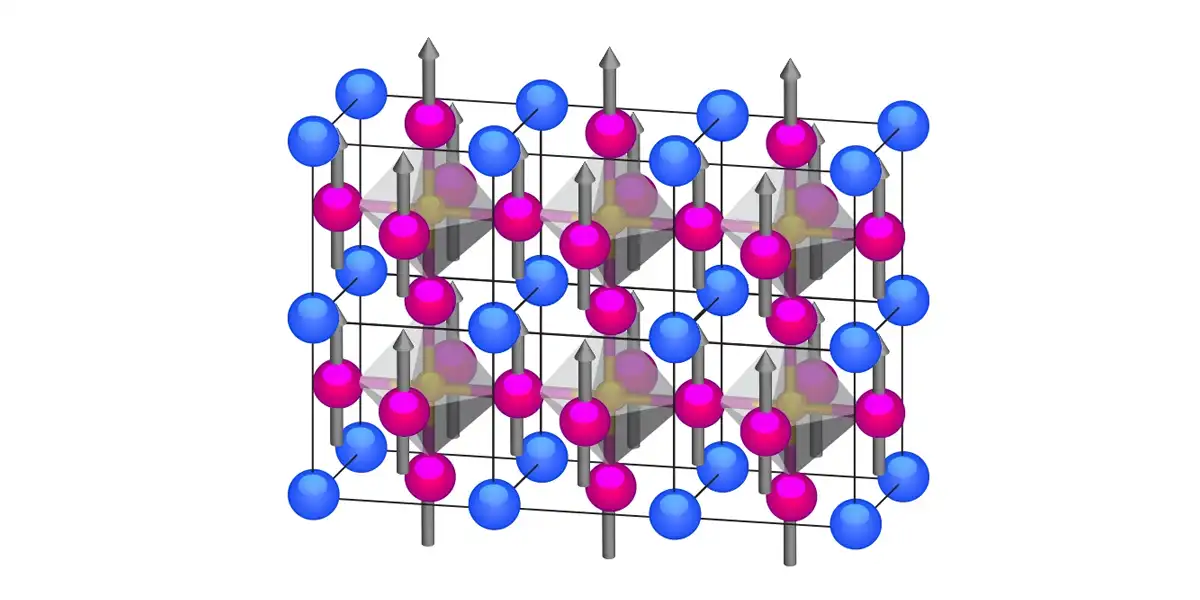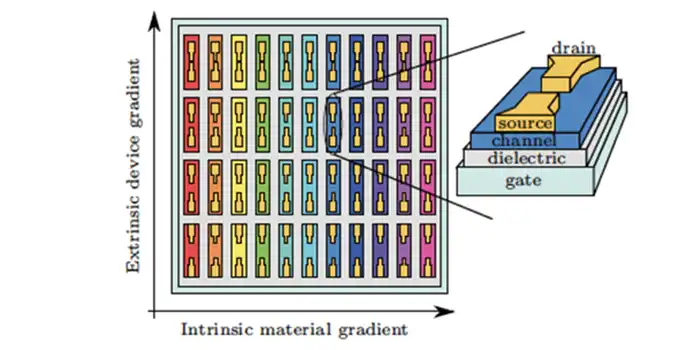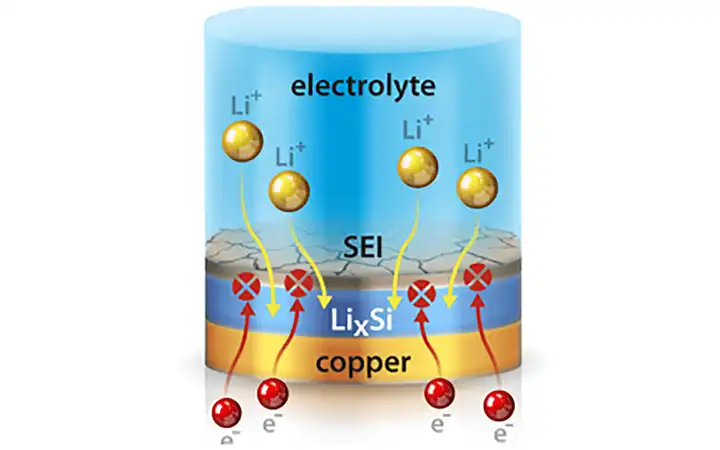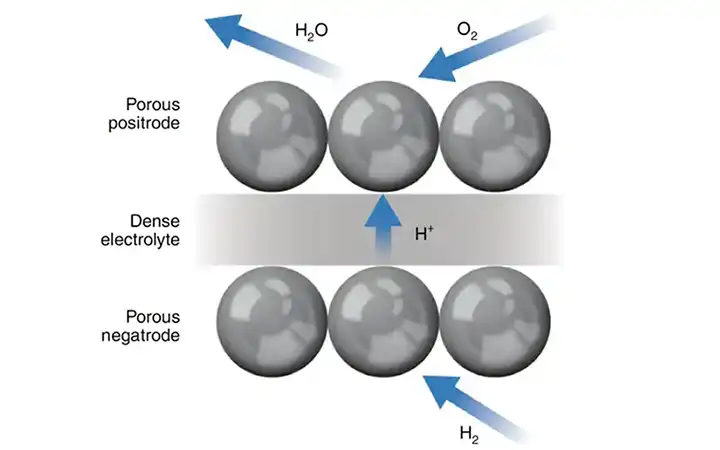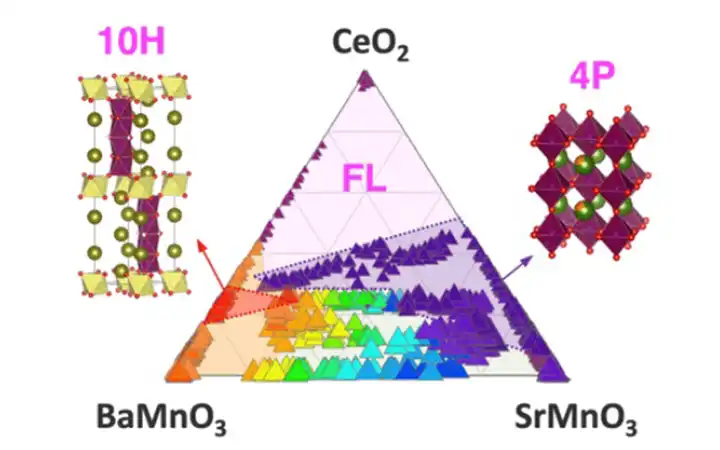Materials Discovery and Design
NLR's research in materials discovery and design serves as a foundation for technological progress in advanced energy and electronic technologies.
Our experimental activities in inorganic solid-state materials range from basic science through applied research to device development, across a broad variety of energy applications. In addition, we work closely with collaborators who specialize in theoretical prediction and targeted optimization of novel materials we discover and design.
Research Areas
Materials for Chemistry Applications
Regarding materials for chemistry applications, we have a range of capabilities.
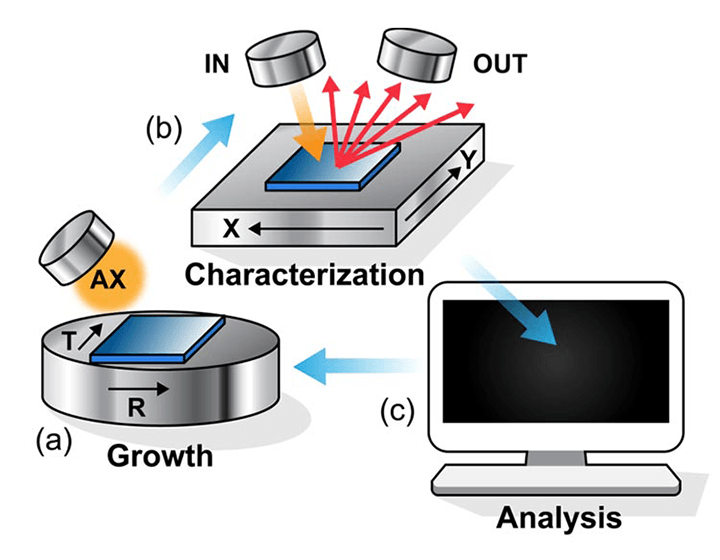
Materials Synthesis and Characterization Methods
Our materials synthesis and characterization methods in materials discovery rely on a high-throughput experimental combinatorial materials science approach, followed by traditional targeted experiments.
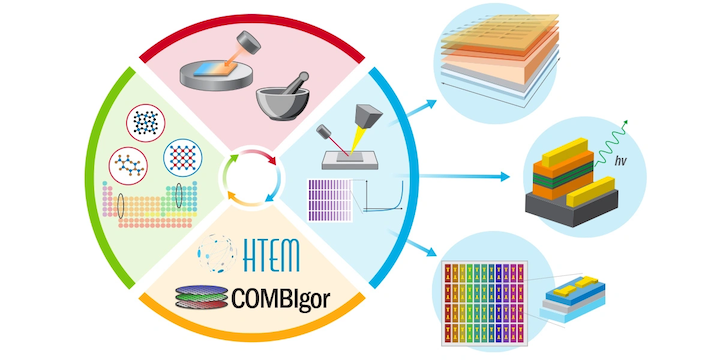
Materials Discovery Approach
Our research approach to materials discovery spans multiple technology readiness levels, from basic scientific research to device development and integration.
Major Projects
Materials design work is funded by the U.S. Department of Energy (DOE) through the Office of Science, Basic Energy Sciences.
This project aims to understand the materials chemistry of ternary nitrides, with the focus on bulk syntheses of layered structures and cation ordering of thin film products.
A Center for Power Electronics Materials and Manufacturing Exploration, a DOE Energy Frontier Research Center, aims to enable materials selection and integration (a co-design vision for "A on B") for next-generation power electronics based on fundamental properties for heterostructures, novel interface and substrate design, and pathways to scalable manufacturing.
The Liquid Sunlight Alliance (LiSA) aims to design materials that can convert sunlight into chemical energy using only components of air: water and carbon dioxide—inspired by photosynthesis in plants. LiSA is one of two projects in the Fuels From Sunlight Energy Innovation Hub funded by the DOE Office of Science, Basic Energy Sciences.
The Center for Next-Generation Materials by Design's objective was to dramatically transform the discovery of functional energy materials through multiple-property search, incorporation of metastable materials into predictive design, and the development of theory to guide materials synthesis.
The Center for Inverse Design developed and used a new approach to material science. Rather than using the conventional direct approach ("given the structure, find the electronic properties"), we used a "materials by inverse design" approach ("given the desired property, find the structure").
Justin Rife
Share
Last Updated Dec. 16, 2025

